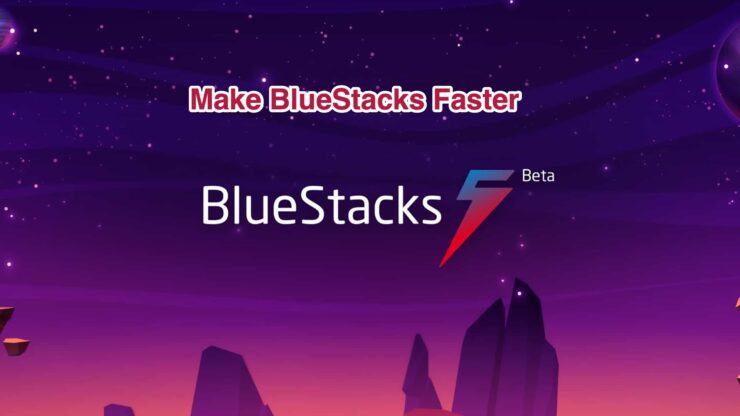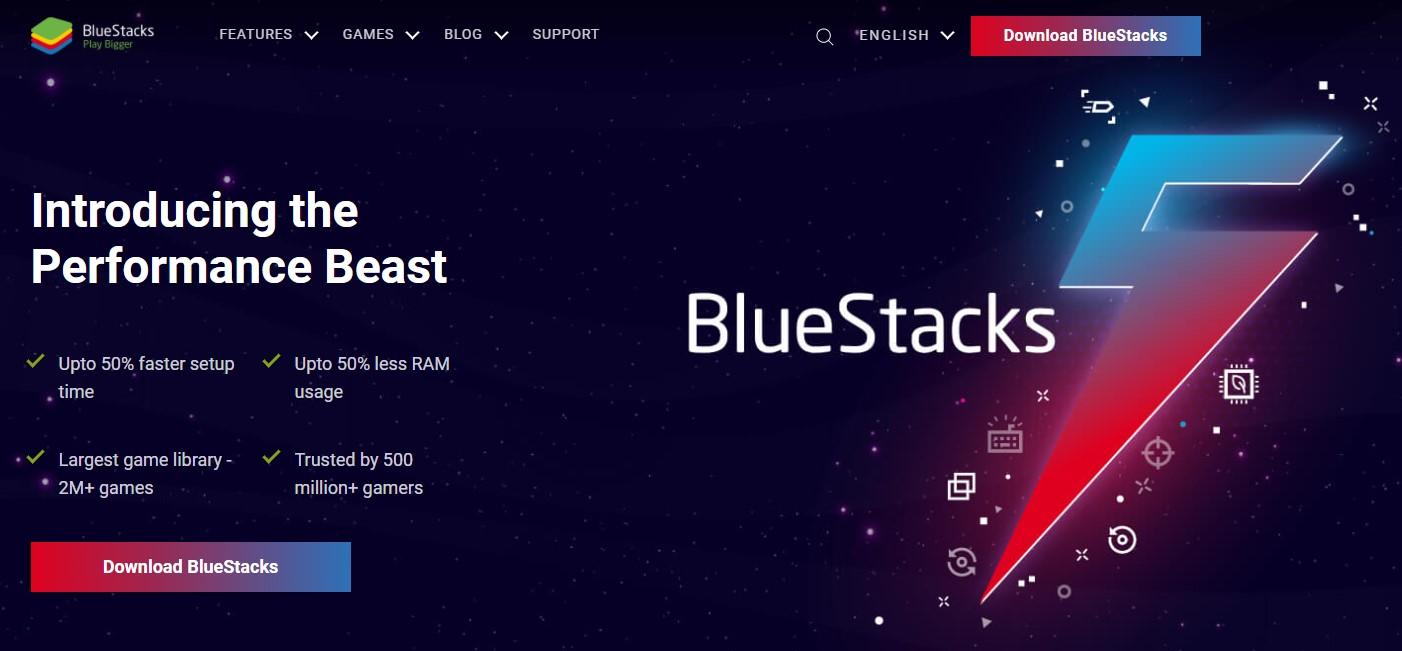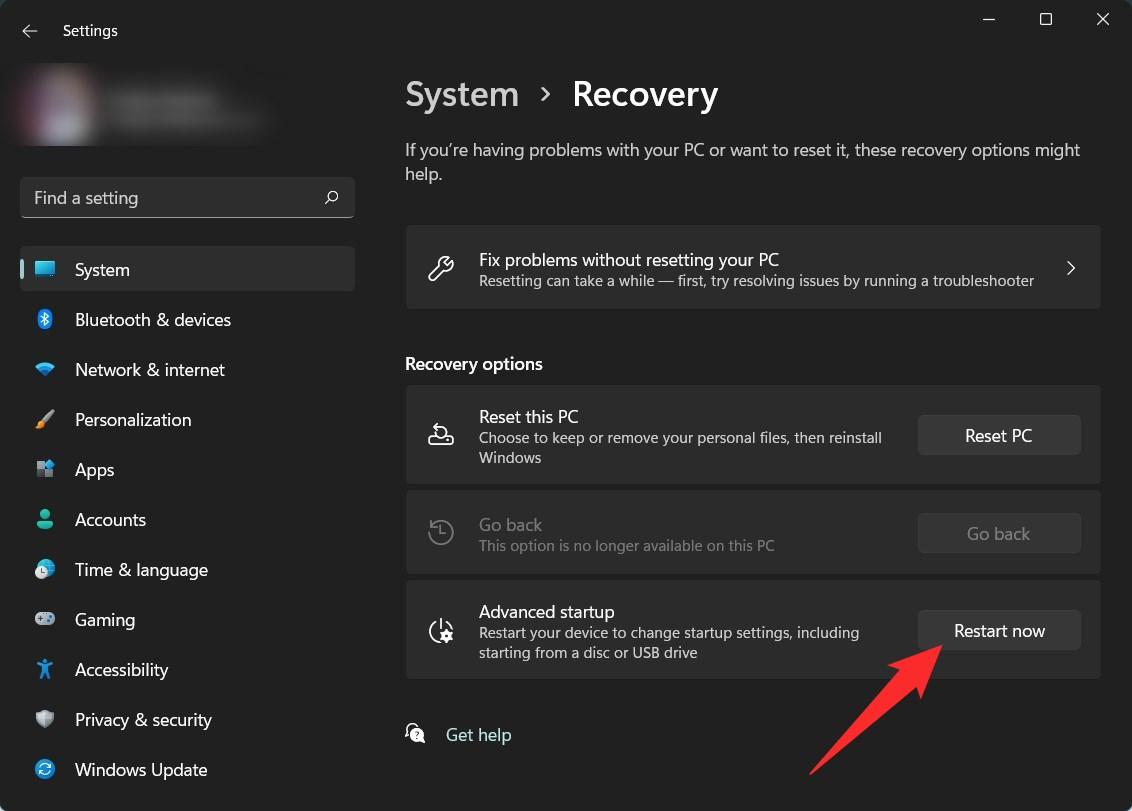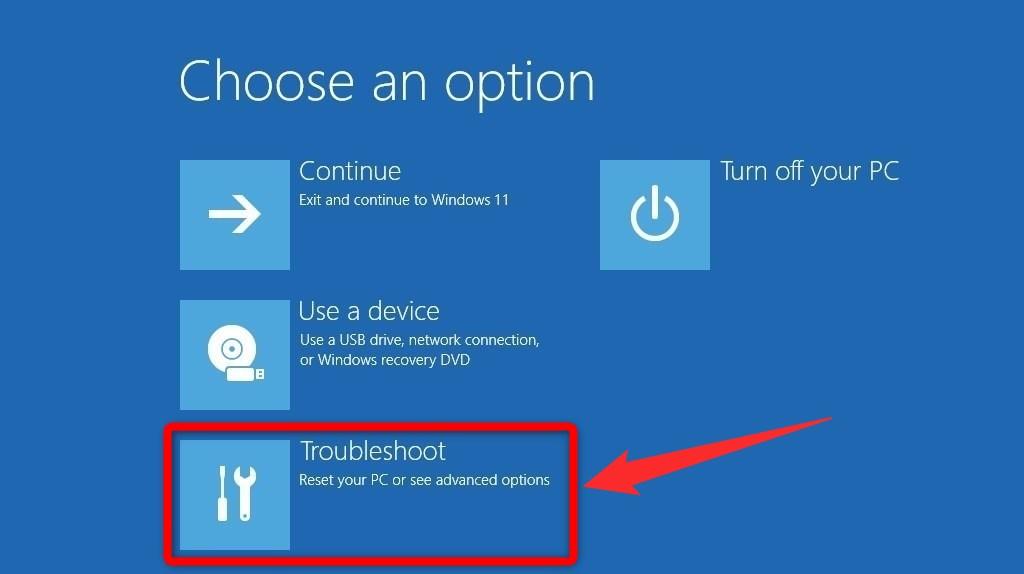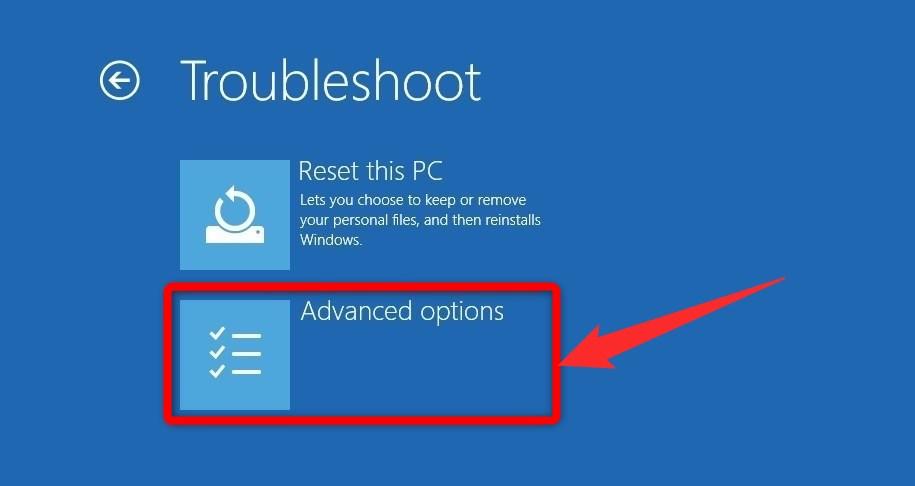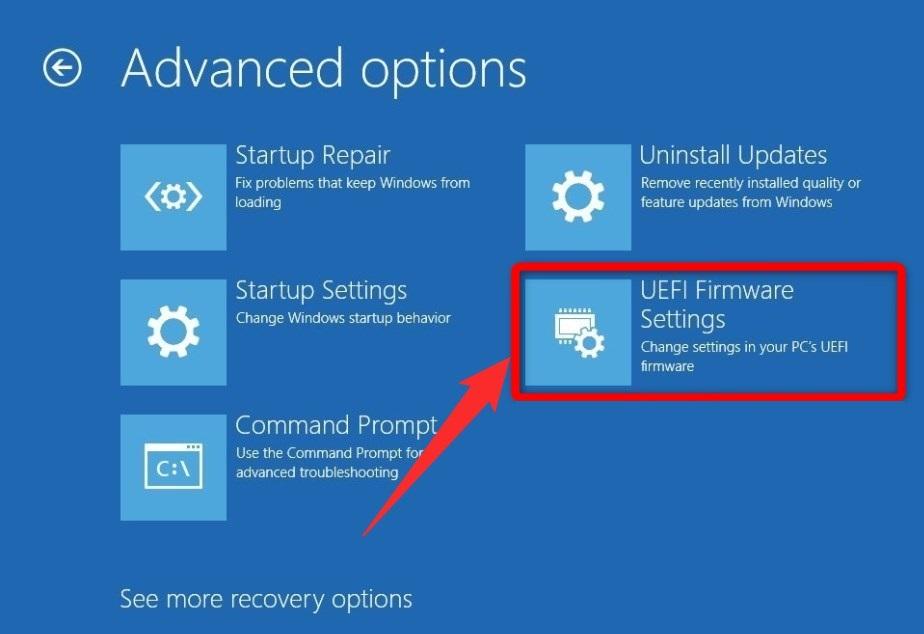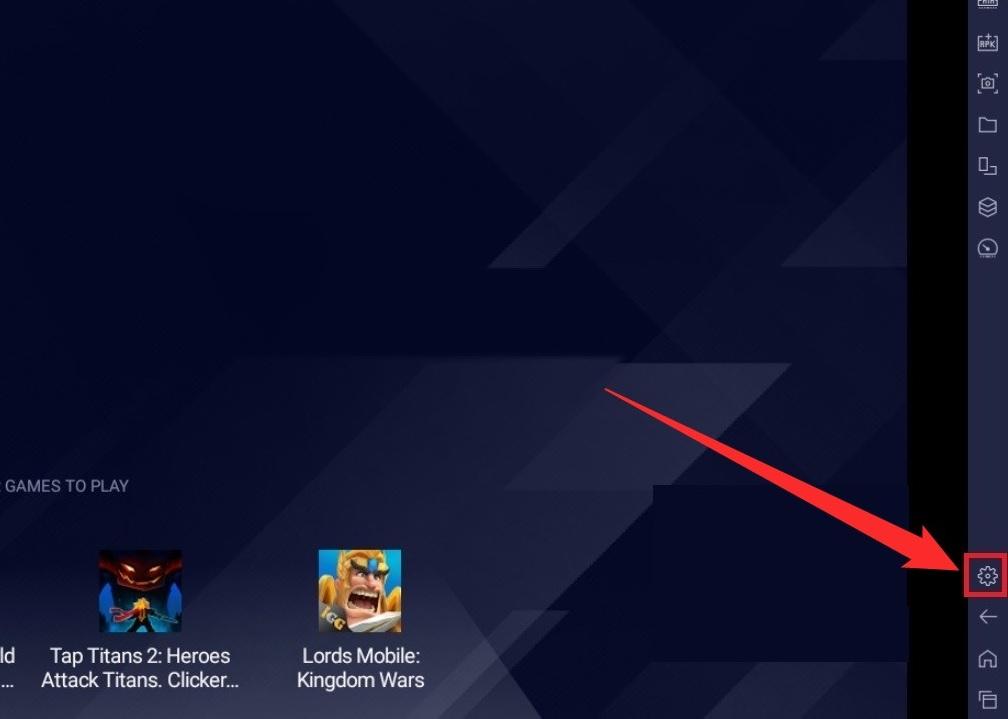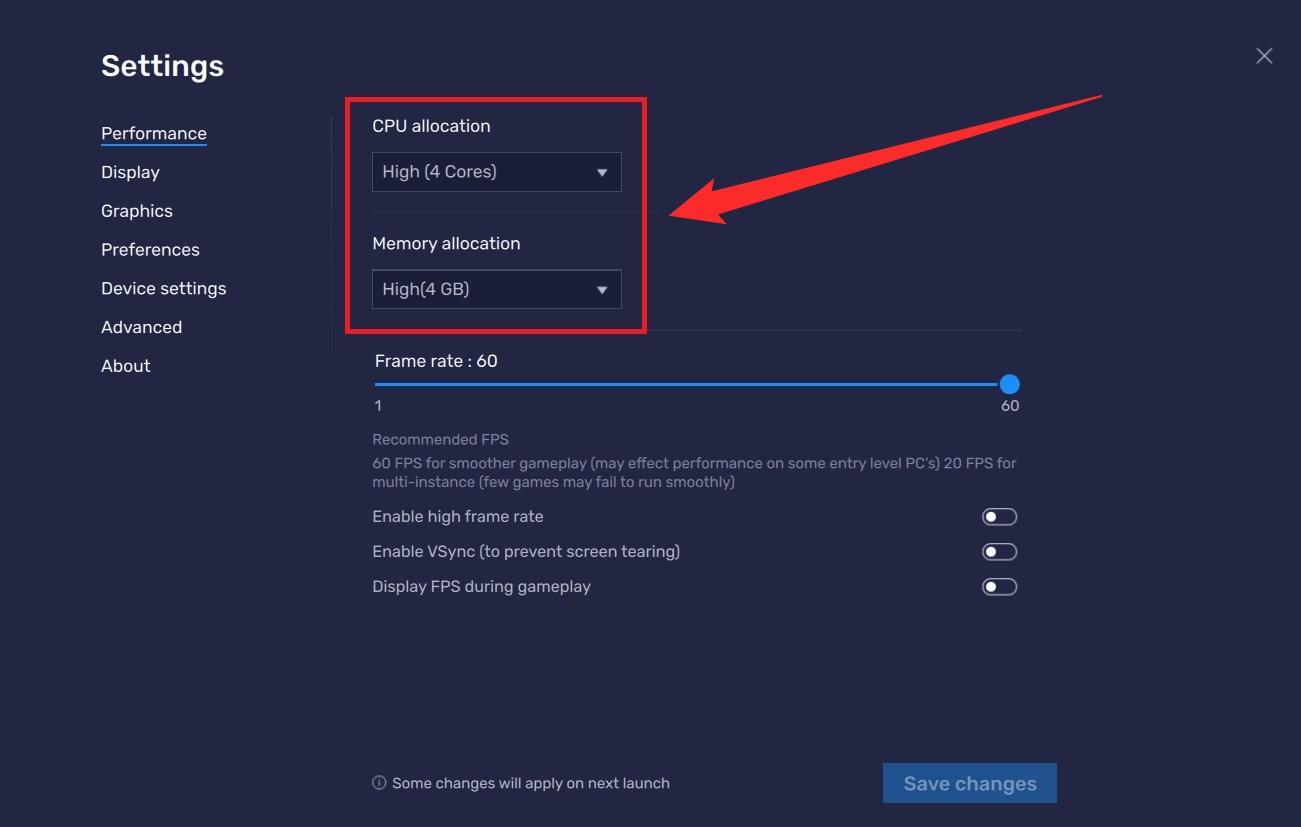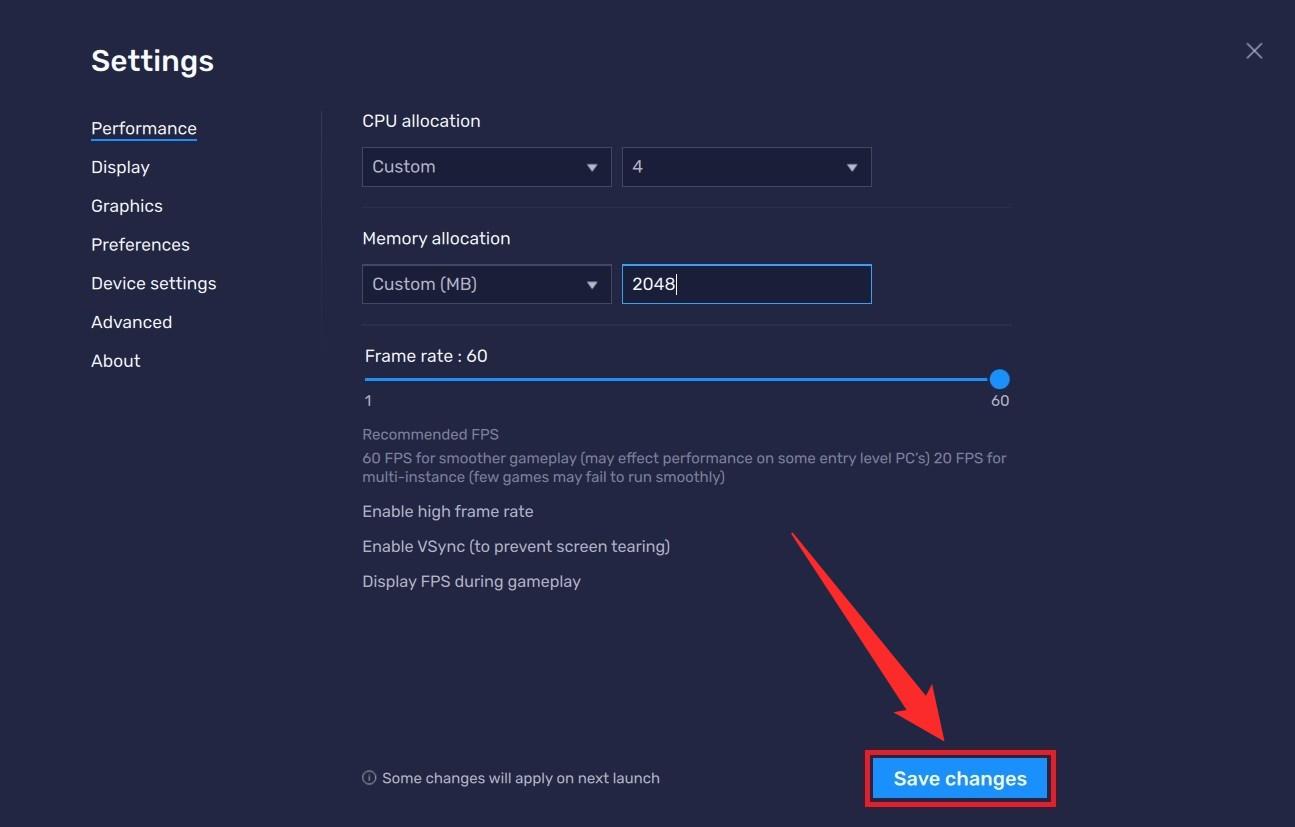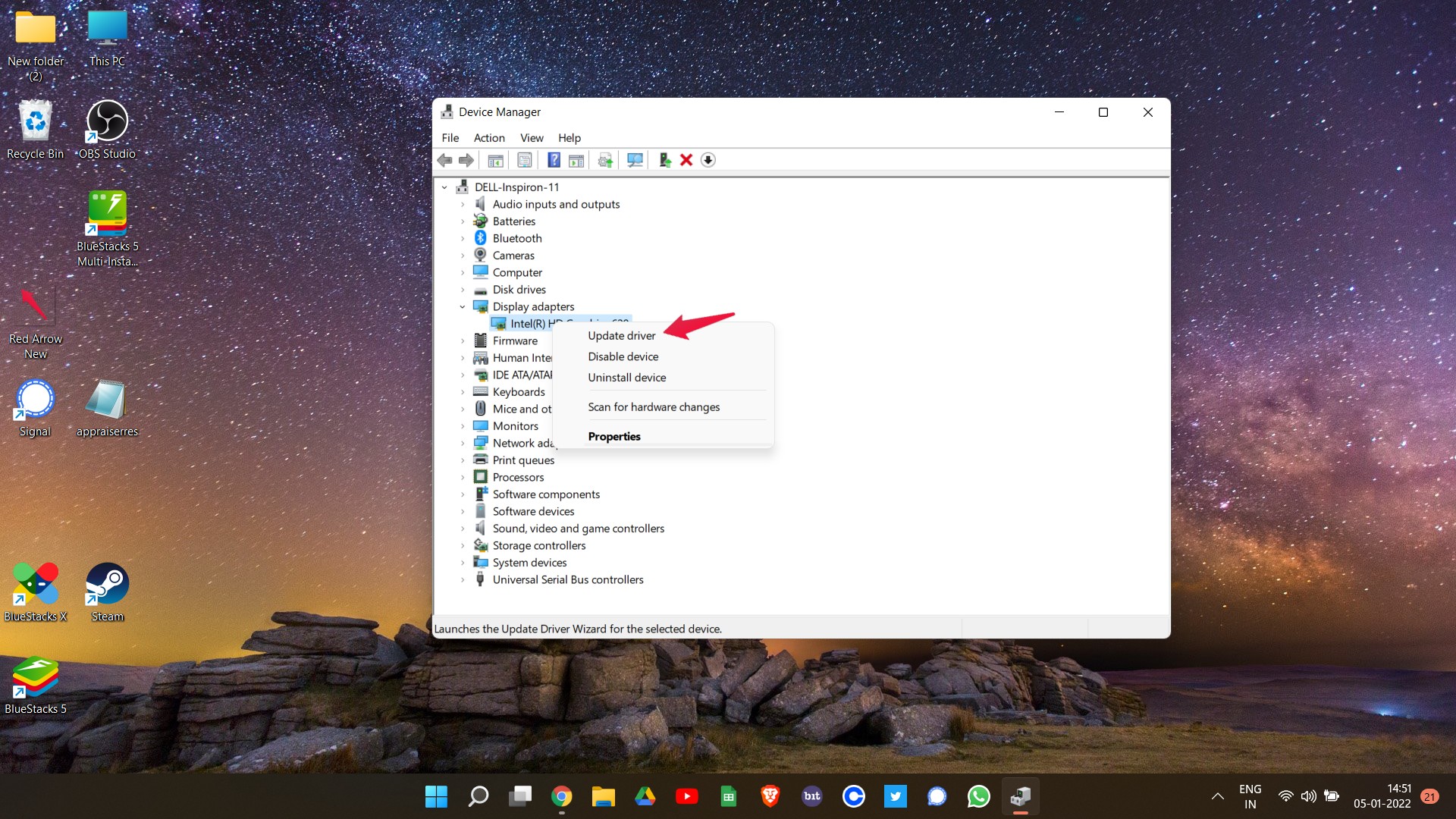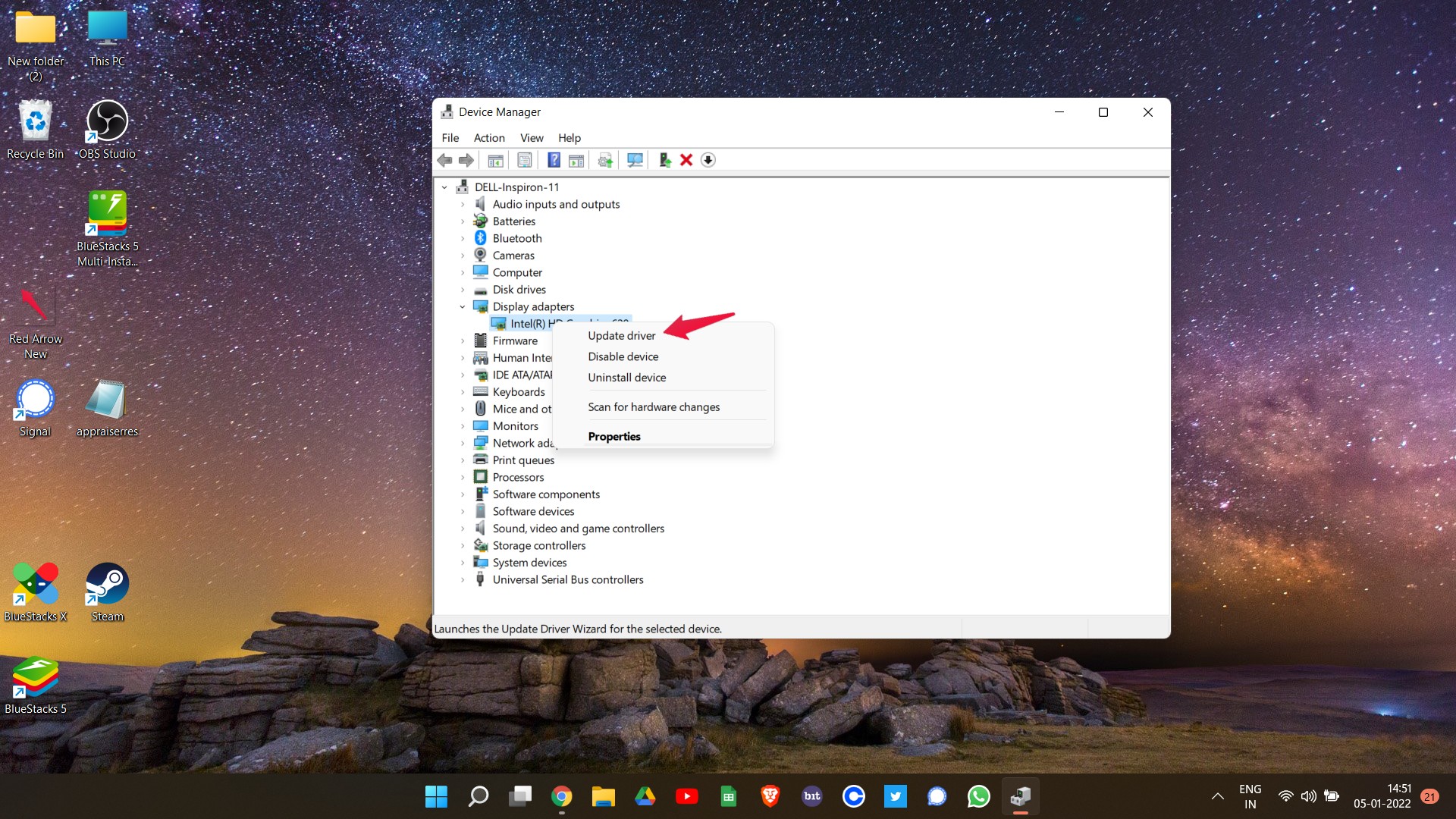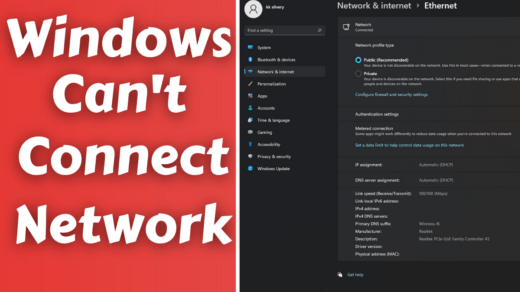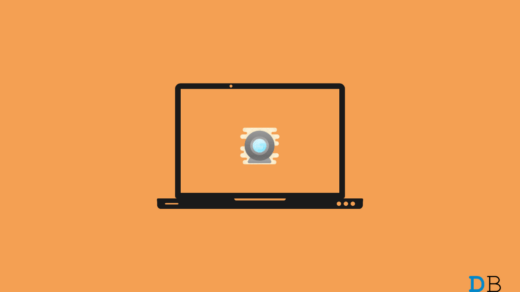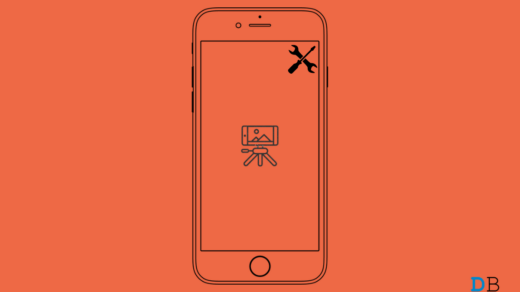While BlueStacks developers claim it to be the fastest mobile gaming platform on Earth, the actual reality is a bit different. There are several instances where BlueStacks users have reported that the performance of the emulator is laggy and stutters when playing games or opening apps. Well, BlueStacks is software, after all, and such glitches are a part and parcel of software. Not to worry, because, in this guide, we will share with you some solutions that will help you fix the BlueStacks lag issue and make it faster. With that being said, let us jump straight into it.
1. Update BlueStacks
BlueStacks 5 is the latest version of the emulator and is available to download from the official website. However, there are different versions of BlueStacks 5 available. You may be running a slightly older version of BlueStacks 5 on your Windows PC, which could very well be the reason for laggy performance.
Make sure that you have the latest version of BlueStacks 5, BlueStacks version 5.5.100.1040 to be exact (at the time of writing this post). With every new version, developers bring bug fixes and also resolve several pending issues detected in the older versions. So, simply visit the official website and download the latest version of BlueStacks on your PC and see if this fixes the lag issue.
2. Enable Virtualization on your PC
Well, not many people hold hard-core PC knowledge. For those, it is important to note that there is a setting called Virtualization, that provides several benefits, especially when using emulators on your Windows PC. Some benefits of enabling virtualization are better performance, allowing BlueStacks to use more than 1 CPU core, reducing lag or stutter, games being played at the highest settings available, and more. Here is how you can enable virtualization: Now, you can check if the BlueStacks emulator is performing with no lag and stutter or not.
3. Give Access to More RAM to BlueStacks
The process of allocating more RAM to BlueStacks is a bit simple, and it can be done within the emulator itself.
4. Update your Graphics Driver
The graphics driver is the most important thing that you should keep updated on your PC in order to play games smoothly, and without any lag. Outdated drivers often carry bugs that are resolved in the newer versions of the driver. So, it is important that you check the official website of your graphics driver and see if there is a new version available. If yes, then install it on your PC and see if this fixes the issue or not.
5. Close all Other Software
One simple yet effective solution that really needs a mention here is that when you run BlueStacks on your PC, make sure that there isn’t any other software running in the background. Because other software could eat up the RAM and CPU and ultimately lower the performance of the emulator. BlueStacks is a resource-intensive piece of software, so you need to provide it with ample resources in order to run smoothly.
6. Tweak BlueStacks’ Display Settings
Display settings need to be set correctly if you wish to get optimal performance from a game or an emulator. If the settings are incorrect, then you will either experience low-quality graphics or run into lag due to incompatible graphics settings. Make sure that you have set the correct resolution and DPI settings within BlueStacks by going over to the Settings > Display tab. If you’ve any thoughts on Fix BlueStacks Lag: Make Android Emulator Faster, then feel free to drop in below comment box. Also, please subscribe to our DigitBin YouTube channel for videos tutorials. Cheers!
[7+ Methods] Fix ‘Can’t Connect to this Network’ in Windows 11 How to Fix Camera Error 0xa00f4244 NoCamerasAreAttached? iPhone SE 2020 Camera Not Working: How to Fix
Comment * Name * Email *
